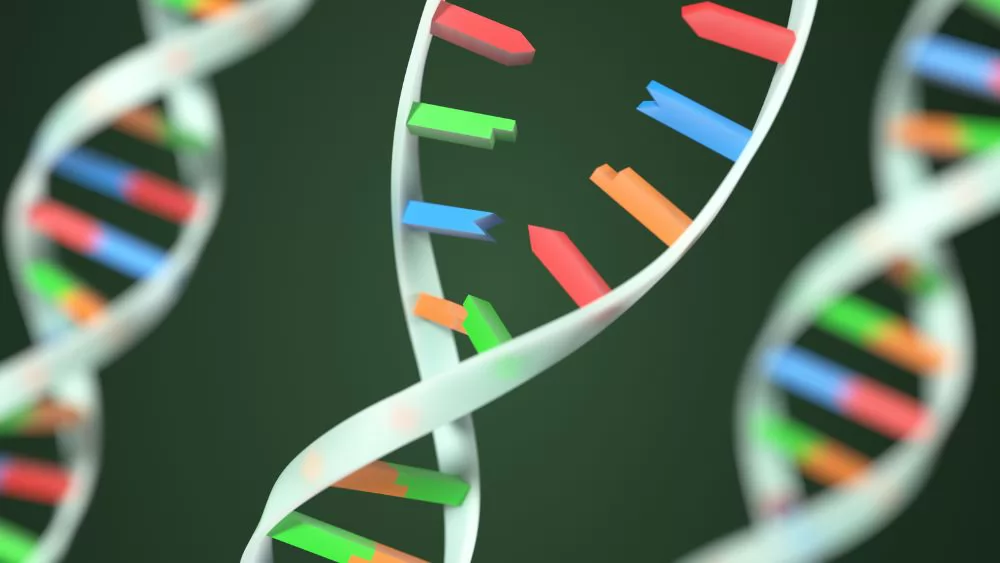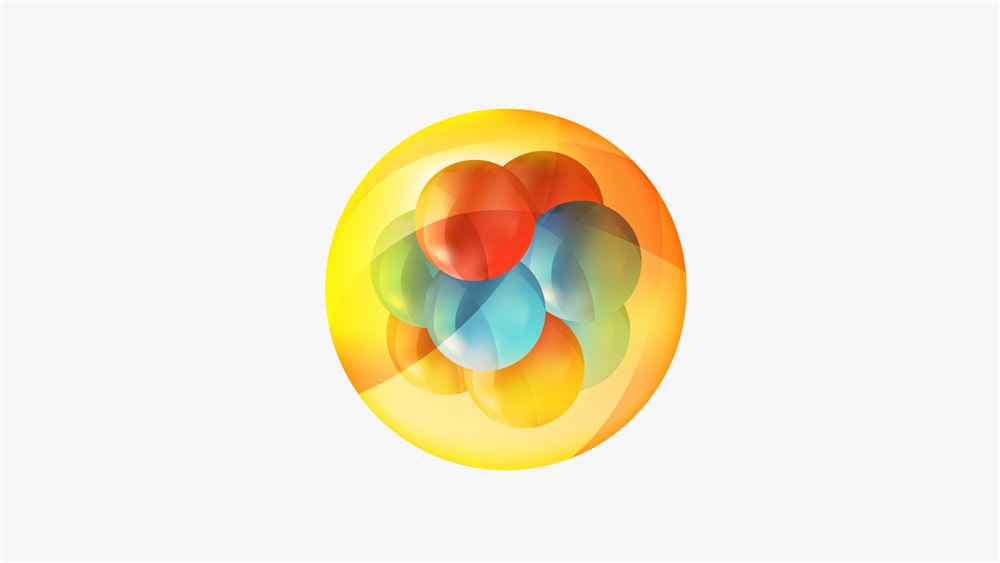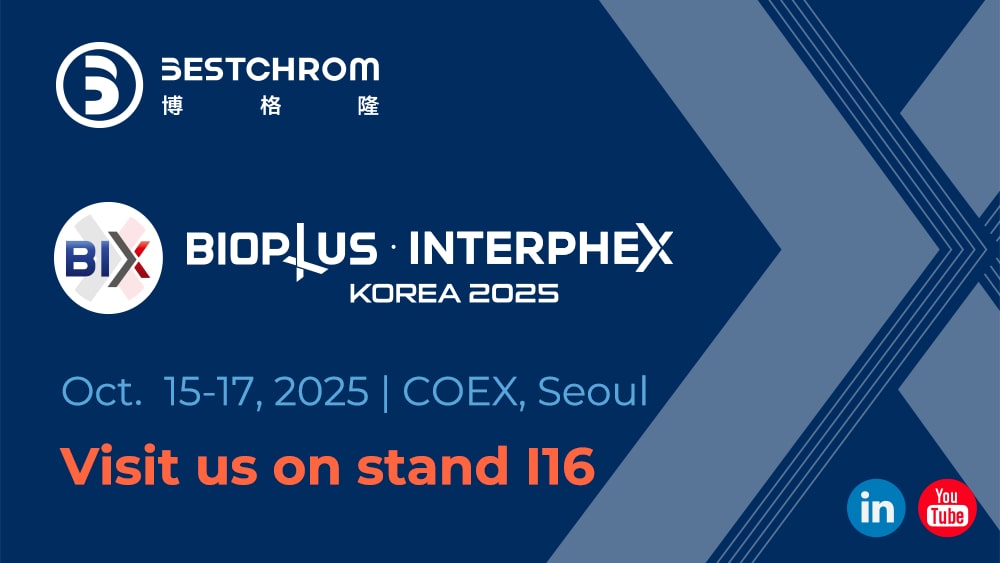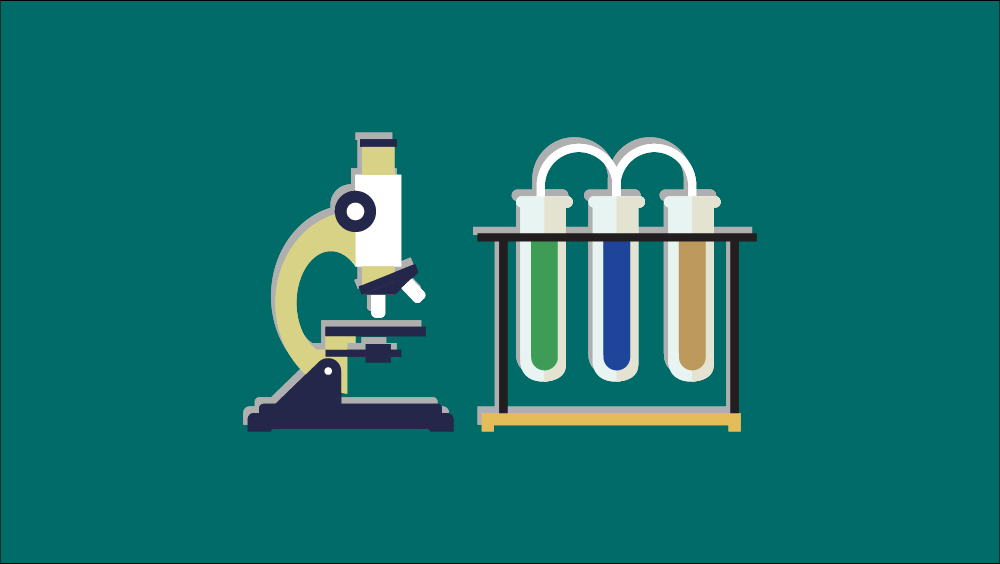Purification Method of recombinant collagen

From this article you will learn:
-
Collagen
-
Expression system of recombinant collagen
-
Purification process of recombinant collagen
-
Conclusion
Collagen
Collagen, as the most diversified structural and functional proteins, can be classified as mammalian and recombinant collagens. The basic unit is the protocollagen formed by 3 α chains through the left hand spiral conformation.
As the bio-molecular technology develops rapidly, recombinant collagen will become mainstream method for collagen production in terms of tissue engineering, regenerative medicine and beauty healthcare sectors. Recombinant collagens are categorized as recombinant human collagen, recombinant humanized collagen and recombinant collagen-like protein.
Expression system of recombinant collagen
Expression system of recombinant collagen mainly consists of E.coli, yeast, plant, baculovirus and mammalian cell expression system. Due to the high cost, low yield and long production cycle of plant and mammalian expression system, E.coli and yeast constitute major expression system for recombinant collagen production.
Purification process of recombinant collagen
Affinity chromatography
Affinity chromatography approach mainly relies on the involvement of tags enjoying specific binding with ligands. For instance, His tag, based on its highly selective affinity with Ni2+, can specifically bind with IMAC resins including Ni Bestarose FF or Ni Bestarose HP. Via elution with increased iminazole concentration, it is possible to get accumulated target collagen while removing 95%+ impurities.
Ion exchange (IEX) and Hydrophobic interaction chromatography (HIC)
Based on charges property and hydrophobic level difference of molecules respectively, IEX and HIC chromatography achieve collagen purification purpose via the removal of protein impurities, HCP and HCD.
Collagen is sensitive to pH and therefore is more suitable to acid buffer system. CAX (cation exchange) chromatography is particularly suitable for the rapid capture of intracellular soluable expression of recombinant collagen in E.coli.
Meanwhile, AEX(anion exchange) chromatography is the major method for the removal of endotoxin in the polishing step.
Mixed mode chromatography
Mixed mode chromatography is applicable in the rapid capture of yeast-expressed recombinant collagen. MMC resin and weak AEX mixed-mode resin can directly capture target molecules without desalting in the secreted acid supernatant which has intermediate ion strength.
Size exclusion chromatography(SEC)
Collagen has high molecular weight, which enables buffer exchange via SEC, especially for the removal of the cleavage affinity tags.
Conclusion
In conclusion, collagen production shall follow corresponding quality standard and operational practice based on its application, which proposes higher requirement for process technology of collagen. Therefore, efficient customized collagen purification approach via process technology selection based on collagen property will be a must for manufacturers of collagen.
Recommended related content









.png)


